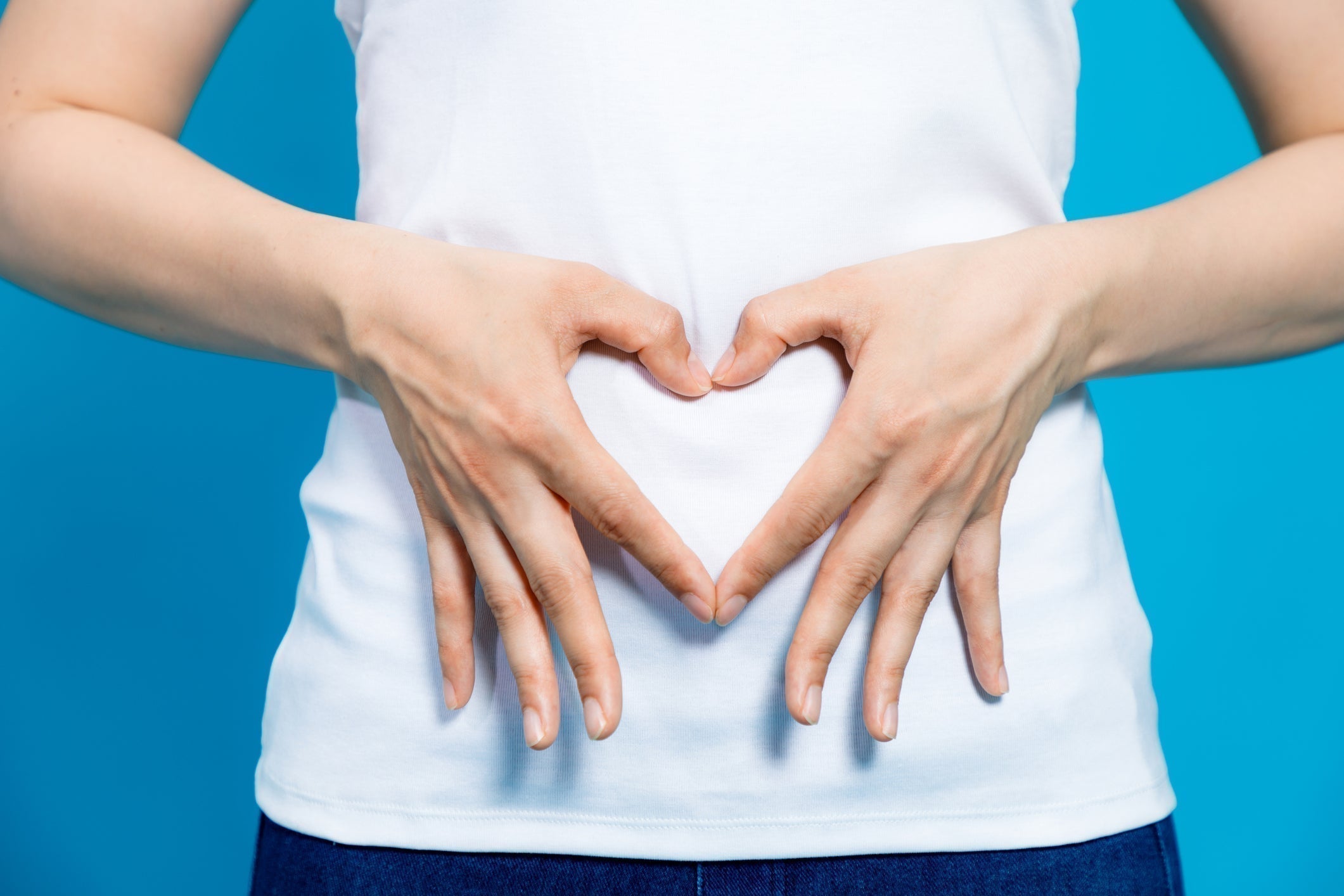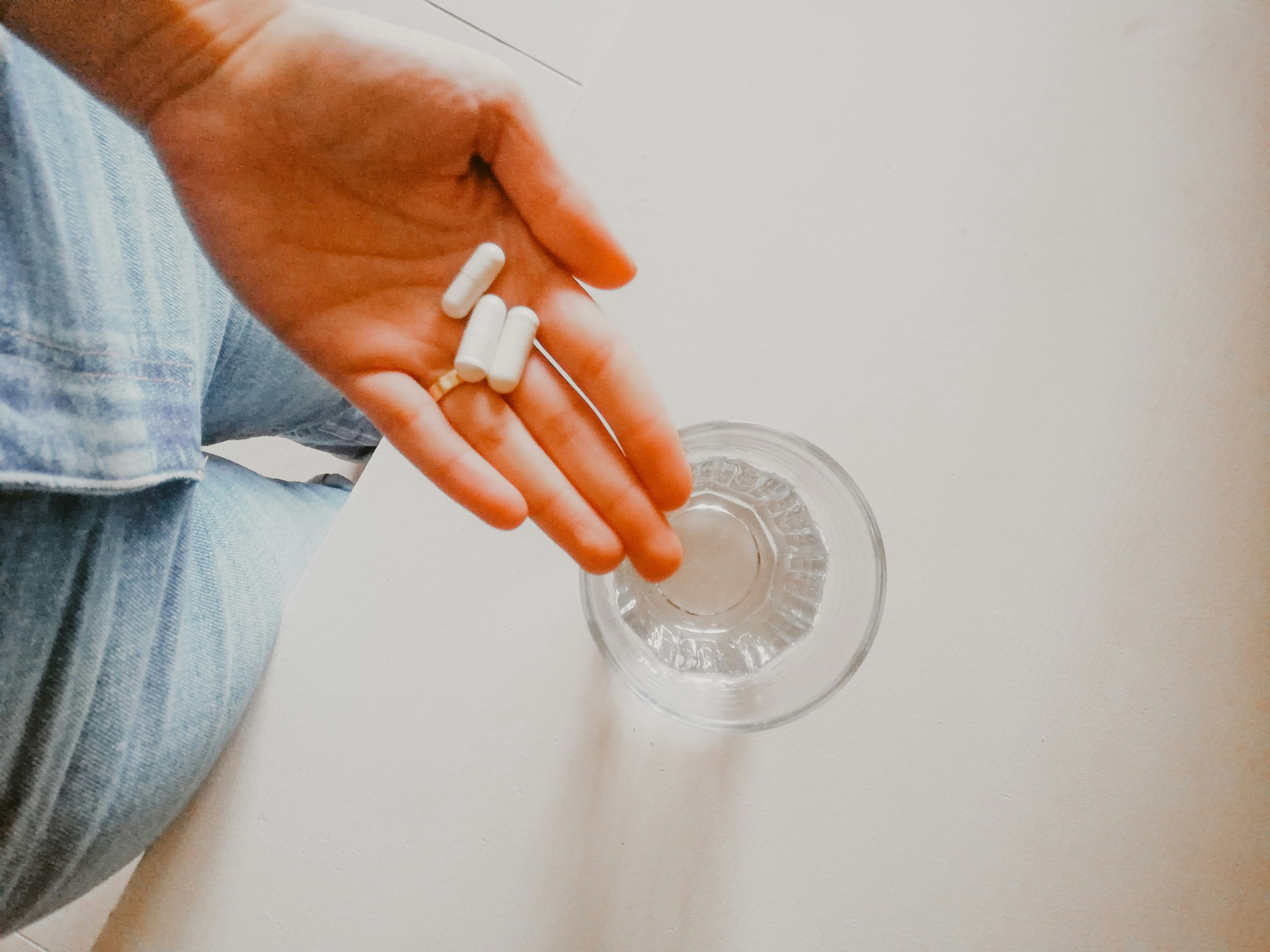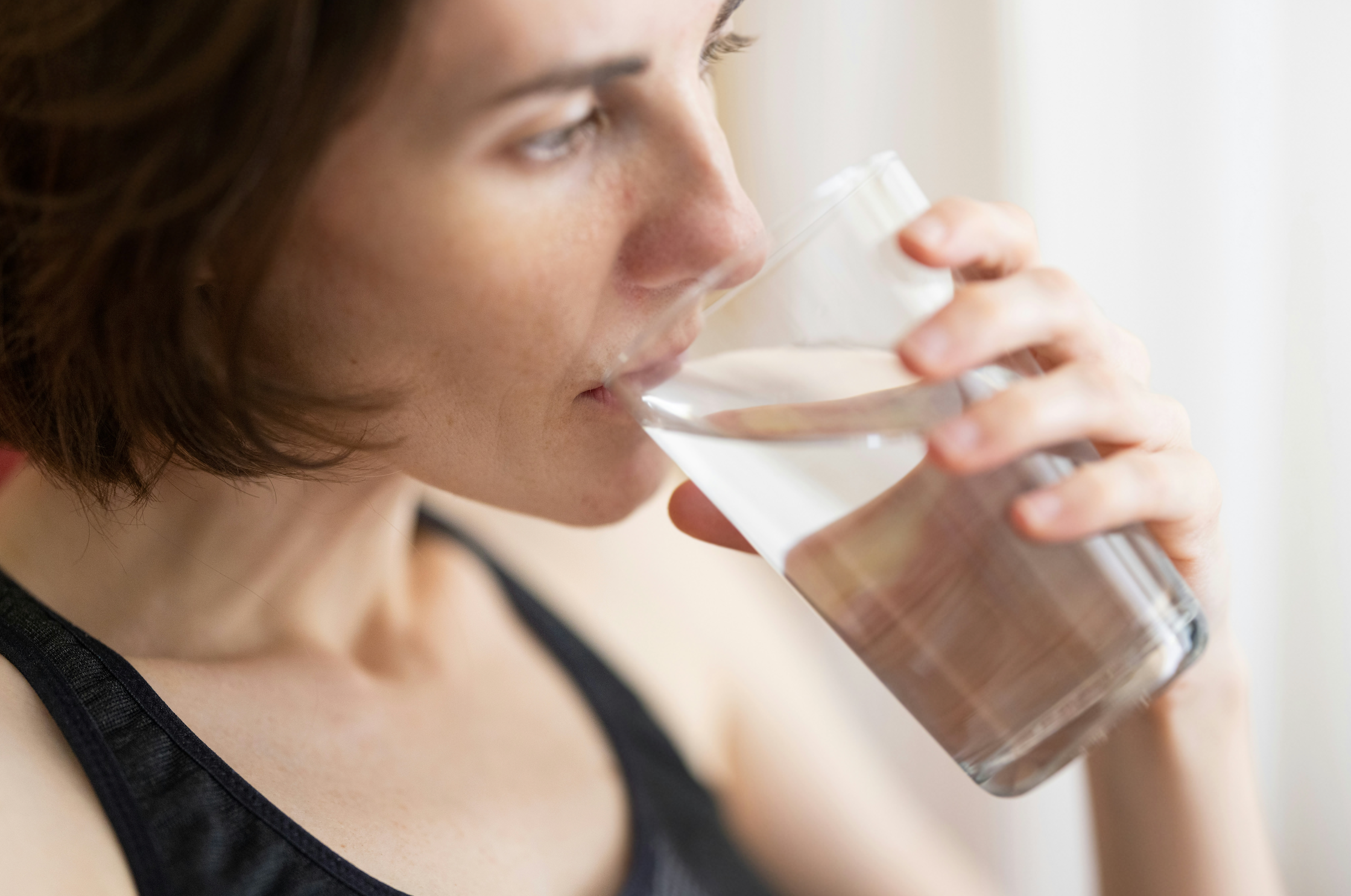Plant Extract Combination with Sweet Wormwood, Oregano & Rosemary
Provides potent antimicrobial herbs and phytonutrients to encourage the presence of a balanced and healthy gut microbiome*
Plants were the original source of all medicines available to humans. ProEnt2 Plus™ is a proprietary plant extract blend that provides a wide variety of powerful herbal extracts and phytochemicals to support reduced growth of pathogenic and opportunistic microbes while soothing gut discomfort.*
Supplementation with ProEnt2 PlusTM:
What the Research and Clinical Use Shows:
Sweet Wormwood (Artemisia annua)
Sweet wormwood, a Chinese herb, has anti-inflammatory, anti-parasitic, and anti-cancer properties. The herb’s main active constituent, artemisinin, has been found to be effective against parasites, including malaria.1 Artemisinin is also a promising anti-viral with activity against the hepatitis B virus (HBV) and hepatitis C virus (HCV).2 It has also been shown to be effective against the cancer-causing effects of human papillomavirus (HPV) on cells in vitro.3 Artemisia annua essential oil is a strong tool against pathogenic microorganisms – including several species of bacteria and yeast.4
Milk Thistle (Silybum marianum) Seed
Milk thistle is an anti-inflammatory, hepatoprotective, and antioxidant herb. The first recorded use of milk thistle dates back to ancient Egypt, and it was revered, even then, for its healing properties. Silymarin is the collective name for a group of active constituents called flavonolignans and is the most studied chemical component in milk thistle extract. Silybin (silibinin) is one of the flavonoid components of silymarin and constitutes 70% to 80% of the standardized extract.
Silybin has been found to be helpful in many conditions, including rheumatoid arthritis, cancers, liver disease, neurological diseases, and other chronic conditions.5 In the gut, silybin protects tissue through its antioxidant and anti-inflammatory properties. These functions would be particularly helpful in cases where GI infection has caused tissue damage.
Oregano (Origanum vulgare) Leaf
Oregano is an herb with powerful antimicrobial, anti-fungal, antioxidant, and anti-cancer properties. Known mostly as a flavorful cooking herb, oregano owes much of its medicinal properties to the polyphenols carvacrol and thymol.6 Carvacrol and thymol have been shown to have activity against pathogenic and opportunistic bacteria, including Pseudomonas aeruginosa, Staphylococcus aureus, and Clostridium perfringens.7,8 Oregano’s antibacterial activity appears to be due to carvacrol and thymol’s interference with pH, bacterial membrane permeability, and the formation of bacterial flagella.6
This herb has also been shown to protect cells from damage caused by hydrogen peroxide (H2O2), a standard model used to simulate oxidative stress in the body.6 Oregano essential oil has also shown promise in fighting Candida albicans.9 Oregano has demonstrated anti-cancer effects in several studies against multiple cancer types, including colon cancer (CRC)10, non-small cell lung cancer (NSCLC)11, and osteosarcoma.12 In one small clinical trial, emulsified oregano oil showed activity against Blastocystis hominis.13
Rosemary (Rosmarinus officinalis) Leaf
Rosemary is an anti-inflammatory, antioxidant, anti-cancer, and metabolically protective herb. Native to the Mediterranean, rosemary exhibits many healing properties. The polyphenols carnosic acid and rosmarinic acid are the most studied constituents found in rosemary. These constituents have shown promise in killing multiple types of cancer, including breast and colon cancers, in vitro.14 Additionally, carnosic and rosmarinic acids have shown anti-inflammatory and anti-oxidant effects.15 Rosemary has been shown to improve lab indices in metabolic syndrome, including increasing insulin sensitivity and improving lipid profiles.16
Ginger (Zingiber officinale) Root
Ginger root is a potent herb known for its anti-inflammatory, anti-parasitic, and digestion-regulating effects. An in vitro study demonstrated that ginger combats inflammation by inhibiting the formation of prostaglandins and leukotrienes, which are pro-inflammatory fatty acid derivatives.17 Ginger has been shown to decrease the pain and inflammation in rheumatoid arthritis (RA) and the pain of dysmenorrhea in a review of clinical trials.18,19
In rats, ginger has been shown to have anti-parasitic effects against Schistosoma Spp., Trichinella spiralis, and Giardia.20 Additionally, in a randomized, controlled cross-over trial, ginger appeared to normalize digestive function by regulating muscular contractions in the intestines while reducing nausea by modulating activity in 5-HT3 (serotonin) receptors.21
Chinese Skullcap (Scutellaria baicalensis) Root
Chinese skullcap or Baical skullcap is a fundamental herb in Traditional Chinese Medicine. It exhibits antifungal, anti-viral, and anti-bacterial properties. One of the main active constituents in Chinese skullcap is the flavonoid baicalein. Baicalein has been shown to have antifungal activity against Candida species in vitro.22 Baicalin is a flavonoid derived from baicalein that has also demonstrated anti-viral effects in vitro and in vivo against hepatitis B virus (HBV), as well as anti-bacterial effects against the formidable methicillin-resistant Staphylococcus aureus (MRSA) in vitro.23 In addition to killing microbes, baicalin has also been shown to protect mouse tissue from damage caused by an E. coli toxin.24
Berberine Hydrochloride (Berberine HCl)
Berberine, a powerful plant alkaloid found in several plants, including Oregon grape and goldenseal, has anti-inflammatory, antimicrobial, and anti-cancer properties. Extensive studies on berberine have demonstrated that it is strongly anti-inflammatory and toxic to several types of cancer cells, including hepatic, colorectal, and gastric cancers.25 Additionally, berberine is effective against pathogenic Candida species, as well as several bacteria, including Staphylococcus spp., Streptococcus spp., Salmonella spp., Shigella spp., and Clostridium spp.26,27 Berberine has also shown promise in preventing the recurrence of C. difficile infection in mice.28 Although it is strongly antimicrobial, berberine does not seem to harm commensal gut bacteria such as Lactobacilli and Bifidobacteria.27
Lauric Acid (derived from coconut)
Lauric acid is a fatty acid derived from coconut (Cocos nucifera). It exhibits antibacterial activity against several gram positive and gram negative organisms, including C. difficile.28-30

References:
1 Loo CS, Lam NS, Yu D, et al. Artemisinin and its derivatives in treating protozoan infections beyond malaria. Pharmacol Res. 2017;117:192-217. doi:10.1016/j.phrs.2016.11.012
2 Wohlfarth C, Efferth T. Natural products as promising drug candidates for the treatment of hepatitis B and C. Acta Pharmacol Sin. 2009;30(1):25-30. doi:10.1038/aps.2008.5
3 Goodrich SK, Schlegel CR, Wang G, et al. Use of artemisinin and its derivatives to treat HPV-infected/transformed cells and cervical cancer: a review. Future Oncol. 2014;10(4):647-654. doi:10.2217/fon.13.228
4 Bilia AR, Santomauro F, Sacco C, et al. Essential Oil of Artemisia annua L.: An Extraordinary Component with Numerous Antimicrobial Properties. Evid Based Complement Alternat Med. 2014;2014:159819. doi:10.1155/2014/159819
5 Federico A, Dallio M, Loguercio C. Silymarin/Silybin and Chronic Liver Disease: A Marriage of Many Years. Molecules. 2017;22(2):191. doi:10.3390/molecules22020191
6 Coccimiglio J, Alipour M, Jiang ZH, et al. Antioxidant, Antibacterial, and Cytotoxic Activities of the Ethanolic Origanum vulgare Extract and Its Major Constituents. Oxid Med Cell Longev. 2016;2016:1404505. doi:10.1155/2016/1404505
7 Lambert RJ, Skandamis PN, Coote PJ, et al. A study of the minimum inhibitory concentration and mode of action of oregano essential oil, thymol and carvacrol. J Appl Microbiol. 2001;91(3):453-462. doi:10.1046/j.1365-2672.2001.01428.x
8 Juneja VK, Friedman M. Carvacrol, cinnamaldehyde, oregano oil, and thymol inhibit Clostridium perfringens spore germination and outgrowth in ground turkey during chilling. J Food Prot. 2007;70(1):218-222. doi:10.4315/0362-028x-70.1.218
9 Karaman M, Bogavac M, Radovanović B, et al. Origanum vulgare essential oil affects pathogens causing vaginal infections. J Appl Microbiol. 2017;122(5):1177-1185. doi:10.1111/jam.13413
10 Savini I, Arnone R, Catani MV, et al. Origanum vulgare induces apoptosis in human colon cancer caco2 cells. Nutr Cancer. 2009;61(3):381-389. doi:10.1080/01635580802582769
11 Sampaio LA, Pina LTS, Serafini MR, et al. Antitumor Effects of Carvacrol and Thymol: A Systematic Review. Front Pharmacol. 2021;12:702487. doi:10.3389/fphar.2021.702487
12 Chang HT, Hsu SS, Chou CT, et al. Effect of thymol on Ca2+ homeostasis and viability in MG63 human osteosarcoma cells. Pharmacology. 2011;88(3-4):201-212. doi:10.1159/000331864
13 Force M, Sparks WS, Ronzio RA. Inhibition of enteric parasites by emulsified oil of oregano in vivo. Phytother Res. 2000;14(3):213-214. doi:10.1002/(sici)1099-1573(200005)14:3<213::aid-ptr583>3.0.co;2-u
14 Moore J, Yousef M, Tsiani E. Anticancer Effects of Rosemary (Rosmarinus officinalis L.) Extract and Rosemary Extract Polyphenols. Nutrients. 2016;8(11):731. doi:10.3390/nu8110731
15 Ulbricht C, Abrams TR, Brigham A, et al. An evidence-based systematic review of rosemary (Rosmarinus officinalis) by the Natural Standard Research Collaboration. J Diet Suppl. 2010;7(4):351-413. doi:10.3109/19390211.2010.525049
16 Hassani FV, Shirani K, Hosseinzadeh H. Rosemary (Rosmarinus officinalis) as a potential therapeutic plant in metabolic syndrome: a review. Naunyn Schmiedebergs Arch Pharmacol. 2016;389(9):931-949. doi:10.1007/s00210-016-1256-0
17 Pradhan SK, Li Y, Gantenbein AR, et al. Wen Dan Tang: A Potential Jing Fang Decoction for Headache Disorders?. Medicines (Basel). 2022;9(3):22. doi:10.3390/medicines9030022
18 Al-Nahain A, Jahan R, Rahmatullah M. Zingiber officinale: A Potential Plant against Rheumatoid Arthritis. Arthritis. 2014;2014:159089. doi:10.1155/2014/159089
19 Chen CX, Barrett B, Kwekkeboom KL. Efficacy of Oral Ginger (Zingiber officinale) for Dysmenorrhea: A Systematic Review and Meta-Analysis. Evid Based Complement Alternat Med. 2016;2016:6295737. doi:10.1155/2016/6295737
20 Mahmoud A, Attia R, Said S, et al. Ginger and cinnamon: can this household remedy treat giardiasis? Parasitological and histopathological studies. Iran J Parasitol. 2014;9(4):530-540.
21 Marx W, Ried K, McCarthy AL, et al. Ginger-Mechanism of action in chemotherapy-induced nausea and vomiting: A review. Crit Rev Food Sci Nutr. 2017;57(1):141-146. doi:10.1080/10408398.2013.865590
22 Serpa R, França EJG, Furlaneto-Maia L, et al. In vitro antifungal activity of the flavonoid baicalein against Candida species. J Med Microbiol. 2012;61(Pt 12):1704-1708. doi:10.1099/jmm.0.047852-0
23 Chen Y, Zhu J. Anti-HBV effect of individual traditional Chinese herbal medicine in vitro and in vivo: an analytic review. J Viral Hepat. 2013;20(7):445-452. doi:10.1111/jvh.12112
24 Zhang Y, Qi Z, Liu Y, et al. Baicalin Protects Mice from Lethal Infection by Enterohemorrhagic Escherichia coli. Front Microbiol. 2017;8:395. doi:10.3389/fmicb.2017.00395
25 Zou K, Li Z, Zhang Y, et al. Advances in the study of berberine and its derivatives: a focus on anti-inflammatory and anti-tumor effects in the digestive system. Acta Pharmacol Sin. 2017;38(2):157-167. doi:10.1038/aps.2016.125
26 Dhamgaye S, Devaux F, Vandeputte P, et al. Molecular mechanisms of action of herbal antifungal alkaloid berberine, in Candida albicans. PLoS One. 2014;9(8):e104554. doi:10.1371/journal.pone.0104554
27 Han J, Lin H, Huang W. Modulating gut microbiota as an anti-diabetic mechanism of berberine. Med Sci Monit. 2011;17(7):RA164-RA167. doi:10.12659/msm.881842
28 Fehér C, Soriano A, Mensa J. A Review of Experimental and Off-Label Therapies for Clostridium difficile Infection. Infect Dis Ther. 2017;6(1):1-35. doi:10.1007/s40121-016-0140-z
29 Casillas-Vargas G, Ocasio-Malavé C, Medina S, et al. Antibacterial fatty acids: An update of possible mechanisms of action and implications in the development of the next-generation of antibacterial agents. Prog Lipid Res. 2021;82:101093. doi:10.1016/j.plipres.2021.101093
30 Yang HT, Chen JW, Rathod J, et al. Lauric Acid Is an Inhibitor of Clostridium difficile Growth in Vitro and Reduces Inflammation in a Mouse Infection Model. Front Microbiol. 2018;8:2635. doi:10.3389/fmicb.2017.02635







